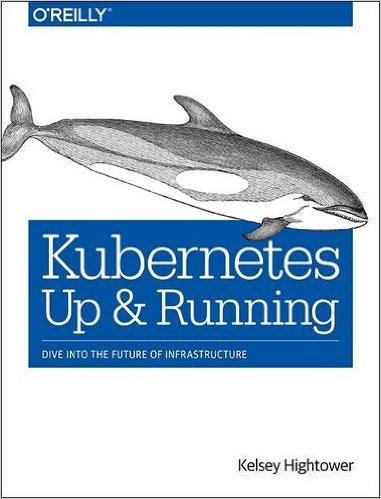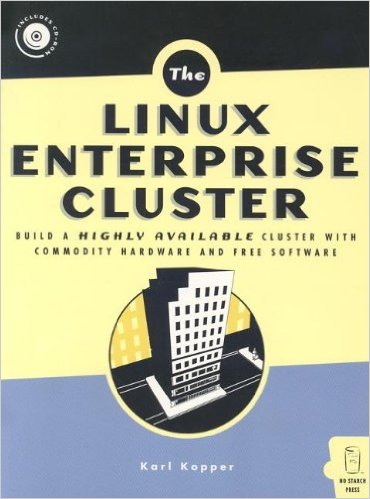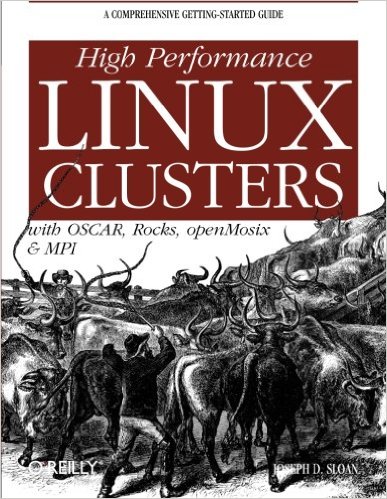Kubernetes: Up and Running: Dive into the Future of Infrastructure
Legend has it that Google deploys over a billion application containers a week. How is that possible? The company decided to share the process through an open source project called Kubernetes, which replicates many of the features found in its internal system. This practical book will prepare you to take advantage of everything the Kubernetes platform has to offer.
Rather than an exact copy of its internal Borg system, Kubernetes is an upgrade based on lessons Google learned over the last decade. Kubernetes is also designed to integrate with the most robust container ecosystem: Docker. Developers and Ops practitioners can easily deploy a demo Kubernetes environment and kick the tires, but when it comes time to scale to hundreds of nodes, you’re going to need a reliable field guide.
Kubernetes: Up and Running will help you:
- Learn how to make zero down-time application deployments with Kubernetes
- Track metrics and logs for every container running in your cluster
- Discover patterns for running large-scale application deployments that work for big players such as Google, Twitter, and Facebook
- Explore topics including Kubernetes components (kubelet, API, scheduler, replication controllers); containers; distributed computing; service discovery; and continuous delivery More info →
Linux Enterprise Cluster: Build a Highly Available Cluster with Commodity Hardware and Free Software
The Linux Enterprise Cluster explains how to take a number of inexpensive computers with limited resources, place them on a normal computer network, and install free software so that the computers act together like one powerful server. This makes it possible to build a very inexpensive and reliable business system for a small business or a large corporation. The book includes information on how to build a high-availability server pair using the Heartbeat package, how to use the Linux Virtual Server load balancing software, how to configure a reliable printing system in a Linux cluster environment, and how to build a job scheduling system in Linux with no single point of failure.The book also includes information on high availability techniques that can be used with or without a cluster, making it helpful for System Administrators even if they are not building a cluster. Anyone interested in deploying Linux in an environment where low cost computer reliability is important will find this book useful.The CD-ROM includes all of the software needed to build a Linux Enterprise Cluster, including the Linux kernel, rsync, the SystemImager package, the Heartbeat package, the Linux Virtual Server package, the Mon monitoring package, and the Ganglia package. All figures in the book are also included on the CD-ROM.
More info →Building Clustered Linux Systems
The Practical, Step-by-Step Guide to Building and Running Linux Clusters
Low-cost, high-performance Linux clusters are the best solution for an increasingly wide range of technical and business problems. Until now, however, building and managing Linux clusters has required more specialized knowledge than most IT organizations possess. This book dramatically lowers the learning curve, bringing together all the hands-on knowledge and step-by-step techniques you'll need to get the job done.
Using practical examples, Robert Lucke simplifies every facet of cluster design and integration: networking, hardware, architecture, operating environments, data sharing, applications, and more. Lucke, who helped prototype and implement one of the world's largest Linux clusters, systematically addresses the key issues you'll encounter and the key decisions you'll have to make. Coverage includes:
High Performance Linux Clusters with OSCAR, Rocks, OpenMosix, and MPI (Nutshell Handbooks)
To the outside world, a "supercomputer" appears to be a single system. In fact, it's a cluster of computers that share a local area network and have the ability to work together on a single problem as a team. Many businesses used to consider supercomputing beyond the reach of their budgets, but new Linux applications have made high-performance clusters more affordable than ever. These days, the promise of low-cost supercomputing is one of the main reasons many businesses choose Linux over other operating systems.This new guide covers everything a newcomer to clustering will need to plan, build, and deploy a high-performance Linux cluster. The book focuses on clustering for high-performance computation, although much of its information also applies to clustering for high-availability (failover and disaster recovery). The book discusses the key tools you'll need to get started, including good practices to use while exploring the tools and growing a system. You'll learn about planning, hardware choices, bulk installation of Linux on multiple systems, and other basic considerations. Then, you'll learn about software options that can save you hours--or even weeks--of deployment time.Since a wide variety of options exist in each area of clustering software, the author discusses the pros and cons of the major free software projects and chooses those that are most likely to be helpful to new cluster administrators and programmers. A few of the projects introduced in the book include:
Ganglia, OpenPBS, and cloning tools (Kickstart, SIS and G4U) are also covered. The book looks at cluster installation packages (OSCAR & Rocks) and then considers the core packages individually for greater depth or for folks wishing to do a custom installation. Guidelines for debugging, profiling, performance tuning, and managing jobs from multiple users round out this immensely useful book.




